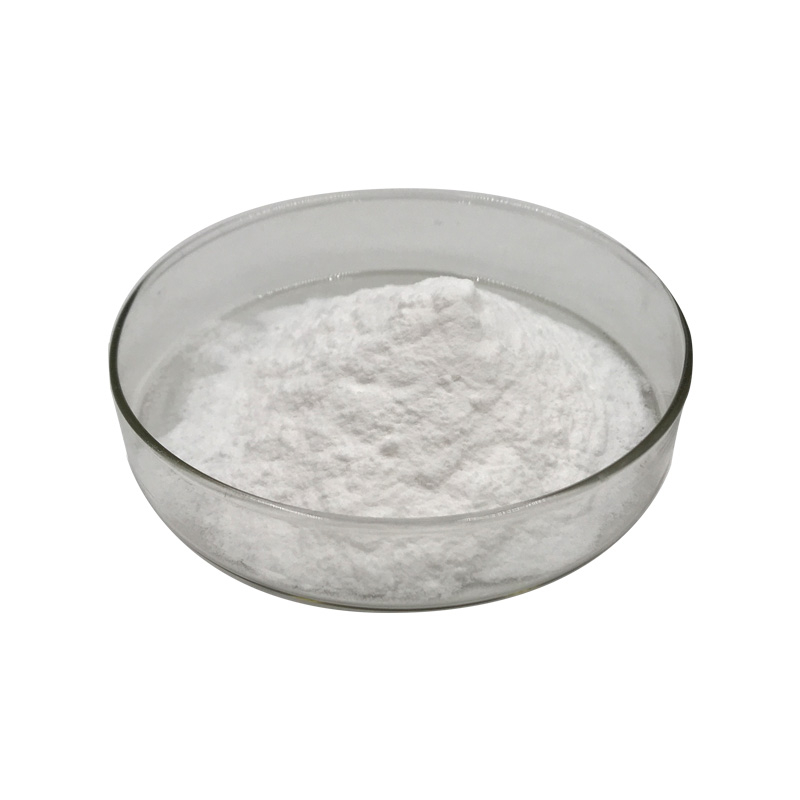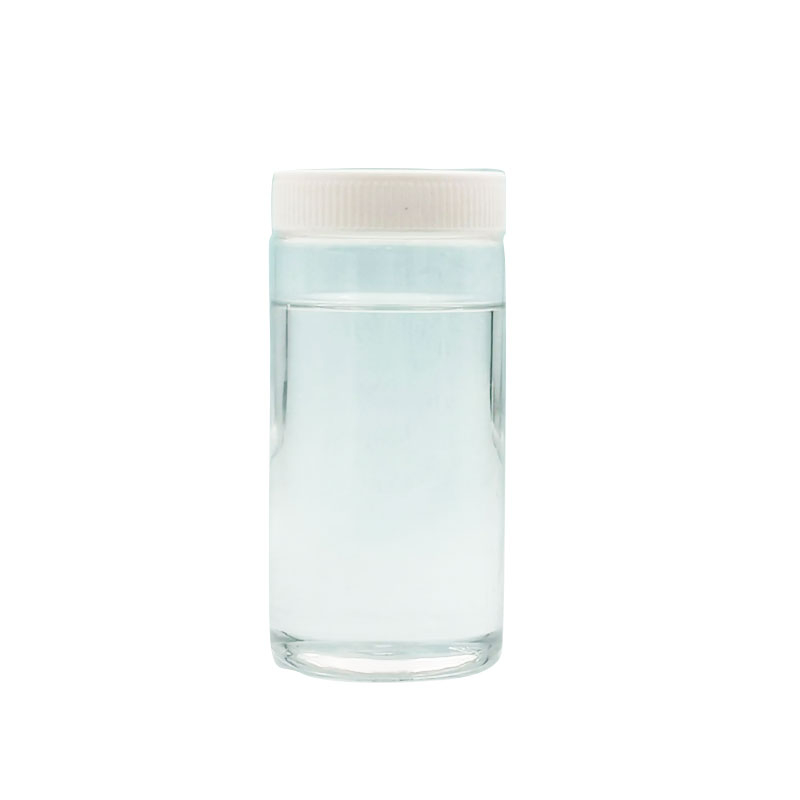Products Description of CARBOMER CAS#9007-20-9 Polyacrylic acid, referred to as PAA, also known as 2-acrylic acid homopolymer, acrylic resin coating, acrylic resin, acrylic monomer polymer, acrylic modified resin, acrylic resin emulsion, is a water-soluble acrylic polymer, and is also soluble in certain polar solvents, such as methanol, dioxane and ethylene glycol. The ionization constant is 4.75. Since the molecule contains a large number of carboxyl groups, it can react with alkali, alcohol, and amine, and can also undergo dehydration, degradation and complexation reactions.
Contact Now
Epichlorohydrin CAS# 106-89-8Epichlorohydrin is a sort of organochlorine compound as properly as epoxide. It can be used as an industrial solvent. It is a exceptionally reactive compound, and can be used for the manufacturing of glycerol, plastics, epoxy glues and resins, and elastomers. It can additionally be used for the manufacturing of glycidyl nitrate and alkali chloride, used as the solvent of cellulose, resins, and paint as properly as being used as an insect fumigant.
Contact Now
Ethylene glycol CAS#107-21-1Ethylene glycol is the simplest aliphatic diol, with the chemical properties of alcohol, and can generate ethers, esters, or be oxidized to acids or aldehydes, and can also be condensed to ethers or replaced by halogens. It generally generates diesters when reacting with acyl chlorides or anhydrides.
Contact Now
Ethylene glycol CAS#107-21-1It is colorless obvious viscous liquid with candy style and moisture absorption capability. It is additionally miscible with water, low-grade aliphatic alcohols, glycerol, acetic acid, acetone, ketones, aldehydes, pyridine and comparable coal tar bases.
Contact Now
Products Description of TetrachloroethyleneCAS#127-18-4Tetrachloroethylene, also known as perchloroethylene, is a compound formed by replacing all hydrogen atoms in ethylene with chlorine in terms of molecular structure. It was first produced by Faraday in 1821 when he pyrolyzed hexachloroethane. It is a colorless, transparent liquid with an ether-like odor. It is non-flammable. Its relative molecular mass is 165.85. Its relative density is 1.6220. Its melting point is -22.7℃. Its boiling point is 121.2℃ and 33.2℃ (4.000×103Pa). Its refractive index is 1.5055.
Contact Now
Tetrachloroethylene CAS#127-18-4 Tetrachloroethylene (chemical method Cl2C=CCl2) is a chlorinate hydrocarbon used as an industrial solvent and cooling liquid in electrical transformers. It is a colorless, volatile, nonflammable liquid with an ether-like odor. The most important section of tetrachloroethylene is produced by means of excessive temperature chlorinolysis of mild hydrocarbons.Tetrachloroethylene is an awesome solvent for natural materials.
Contact Now
Products Description of Tetramethylammonium hydroxide CAS#75-59-2Tetramethylammonium hydroxide (TMAH), also known as tetramethylammonium hydroxide, is a colorless to light yellow liquid. It is the strongest organic base, very easy to absorb moisture, has a certain ammonia smell, can quickly absorb carbon dioxide in the air, has a low vapor pressure at room temperature, and is completely decomposed and gasified at 135~145°C. High-purity products are treated at 140°C without trace residue. The tetramethylammonium hydroxide solution is colorless, transparent, and has a slight ammonia smell.
Contact Now
Products Description of Polyisobutylene CAS#9003-27-4Potassium sulfate (K2SO4) is a kind of chemical compounds that is commonly used in agriculture. The dominant application of potassium sulfate is as a fertilizer, which is commonly applied to offer both potassium and sulfur, thus improving the quality and yield of crops growing in soils that lack an adequate supply of this essential elements. Besides, the crude potassium sulfate is sometimes employed in the production of glass.
Contact Now
Products Description of Potassium carbonate CAS#584-08-7Potassium carbonate (chemical formula: K2CO3, English Potassium carbonate), also known as potash, has the appearance of colorless crystals or white particles, is very soluble in water, and its solution is strongly alkaline. When its saturated aqueous solution is cooled, a glassy monoclinic hydrate 2K2CO3·3H2O crystal is separated, with a density of 2.043, and loses crystal water at 100°C. It is insoluble in ethanol, acetone and ether.
Contact Now
Potassium clavulanate CAS# 61177-45-5Product Overview:Potassium Clavulanate, also known as CLAVULANIC ACID POTASSIUM SALT with the CAS#61177-45-5, is a potent β-lactamase inhibitor that is revolutionizing the way we combat bacterial infections in the industrial pharmaceutical sector. As a key component in the synthesis of advanced antibiotics, our Cellulose Clavulanate is designed to meet the rigorous demands of modern manufacturing processes.Market Relevance:In the competitive landscape of the pharmaceutical industry, the need for effective antibacterial agents is paramount.
Contact Now
Products Description of 4-Chloro-2-nitrobenzoic acid CAS#6280-88-2 4-Chloro-2-nitrobenzoic acid, also known as p-chloro-o-nitrobenzoic acid, is an important organic intermediate used in a variety of production fields such as pesticides, medicines, and dyes.
Contact Now
Products Description of Piroctone Olamine CAS#68890-66-4The unique properties of piroctone ethanolamine salt are mainly manifested in:1. The anti-dandruff and anti-itching effects are better than similar products.2. The solubility and compounding properties are excellent, and no precipitation or stratification will occur when mixed with cosmetic raw materials.3. The anti-dandruff mechanism is unique, the irritation is extremely low, and it will not cause hair loss or hair breakage.
Contact Now
Products Description of Cesium carbonate99.9% CAS#534-17-8Cesium carbonate is an inorganic compound. It is a white solid at room temperature and pressure. It is very soluble in water and absorbs moisture quickly when placed in the air. The aqueous solution of cesium carbonate is strongly alkaline and can react with acid to produce the corresponding cesium salt and water, and release carbon dioxide. Cesium carbonate is easy to transform and can be used as a precursor of other cesium salts.
Contact Now
Products Description of Tributyl phosphate CAS#126-73-8Colorless, transparent liquid with pungent odor, flash point 193℃, boiling point 289℃ (101KPa), viscosity 3.5~12.2 centipoise, refractive index 1.4226 (20℃). It is miscible with common organic solvents and slightly soluble in water. The solubility of water in this product is 7% (25℃). But it will gradually hydrolyze as the temperature rises.
Contact Now
Products Description of Diacetoneacrylamide CAS#2873-97-4Diacetone acrylamide has two reactive groups: N-substituted amide and ketone. It is very easy to copolymerize with other ethylene and monomers, thereby introducing ketocarbonyl groups into polymers. By utilizing the chemical properties of ketocarbonyl groups, polymers can undergo crosslinking and grafting reactions, and are used to prepare various adhesives, thickeners, paper reinforcing agents, crosslinking agents, etc.
Contact Now
Products Description of diisooctyl 2,2'-[(dioctylstannylene)bis(thio)]diacetateCAS#26401-97-8Mainly used in PVC products that come into contact with food and medicine, such as plates, sheets, films, etc., and can be used in processes such as calendering, blow molding, extrusion, injection, etc.diisooctyl 2,2'-[(dioctylstannylene)bis(thio)]diacetate Chemical Propertiesdensity 1.08[at 20℃]vapor pressure 0Pa at 25℃storage temp. Refrigerator, under inert atmospheresolubility Chloroform (Slightly), Ethyl Acetate (Slightly)form Oilcolor ColourlessWater Solu
Contact Now
POLY(DIMETHYLAMINE-CO-EPICHLOROHYDRIN) Chemical Propertiesdensity 1.1 g/mL at 25 °Crefractive index n20/D 1.427CAS DataBase Reference25988-97-0EPA Substance Registry SystemMethanamine, N-methyl-, polymer with (chloromethyl)oxirane (25988-97-0)Safety InformationHazard Codes XiRisk Statements 38-41Safety Statements 23-26-36/37/39WGK Germany 3Factory and Equipment ShowFast delivery timeInventory 2-3 working days New production 7-10 working days
Contact Now
Products Description of 3-Chloro-6-methylpyridazine CAS#1121-79-53-Chloro-6-methylpyridazine is a heterocyclic compound and chemical raw material. It has a low melting point and boiling point, and is usually light yellow to light beige in powder form.
Contact Now
Products Description of Lidocaine CAS#137-58-6Lidocaine exerts its local anesthetic effect by reversibly blocking sodium channels and blocking the transmission of action potentials on nerve fibers. Sensory nerve fibers are blocked earlier than motor nerve fibers, so low doses of lidocaine can exert selective sensory blocking effects. Lidocaine also has antiarrhythmic effects and belongs to Class Ib antiarrhythmic drugs. It can reduce ventricular rate, shorten action potential time and absolute refractory period, and prolong relative refractory period.
Contact Now
Products Description of 6-Fluoronicotinic acid CAS#403-45-26-Fluoronicotinic acid is a pyridine compound, which is often used as a pyridine intermediate and a pharmaceutical intermediate.
Contact Now
Products Description of UV Absorber 326CAS#3896-11-5Ultraviolet absorbers refer to a kind of preparation that can prevent a large amount of ultraviolet rays from passing through.
Contact Now
Products Description of Selenium dioxideSelenium dioxide is mainly defined as an oxidizing reagent in organic synthesis, and it is involved in a number of oxidation reactions. Probably due to the toxicity of this reagent, many of these reactions have been gradually replaced in recent years by other, better reagents from Chemicalbook.
Contact Now
Dichloroethane CAS#1300-21-6Chemical Properties:Dichloroethane is a colorless and transparent oily liquid with a chloroform-like odor and a sweet taste. It is very easy soluble in water, miscible with ethanol, chloroform and ether,it also can dissolve oil and grease, grease, paraffin. It is mainly used as a solvent.Application:Dichloroethane can be used as a standard reagent for chromatography; it is also used as a solvent for resins, rubber, cellulose acetate, cellulose esters, paints and polymers such as polystyrene; it is also used as a raw material for organic synthesis.
Contact Now
Products Description of 5-Chloro-2-(methylamino)benzophenone CAS#1022-13-5Yellow or reddish yellow granular crystals.5-Chloro-2-(methylamino)benzophenone Chemical PropertiesMelting point 93-95 °C (lit.)Boiling point 421.9±35.0 °C(Predicted)density 1.234±0.06 g/cm3(Predicted)storage temp. Keep in dark place,Inert atmosphere,Room temperaturesolubility Chloroform (Slightly), Dichloromethane (Slightly), DMSO (Slightly), Methanol (Very Slightly)form SolidpkapKa 1.45±0.04(7% EtOH in H2O,t =25,0.02 to 0.40M in HCl) (Uncertain)color Light Yellow to YellowBRN&nbs
Contact Now

















![diisooctyl 2,2'-[(dioctylstannylene)bis(thio)]diacetateCAS#26401-97-8](https://d3rnfhc14zcmdf.cloudfront.net/cdn/ff/MEIXbra4wyUKJKW67w9UkqzwQzIZQBAtmtXt1eQRqFc/1718820022/public/styles/chanpinzhutu/public/2024-06/%E6%97%A0%E8%89%B2%E6%B6%B2%E4%BD%93%20%283%29%20-%20%E5%89%AF%E6%9C%AC_41.jpg?itok=btFpy9ph)

















